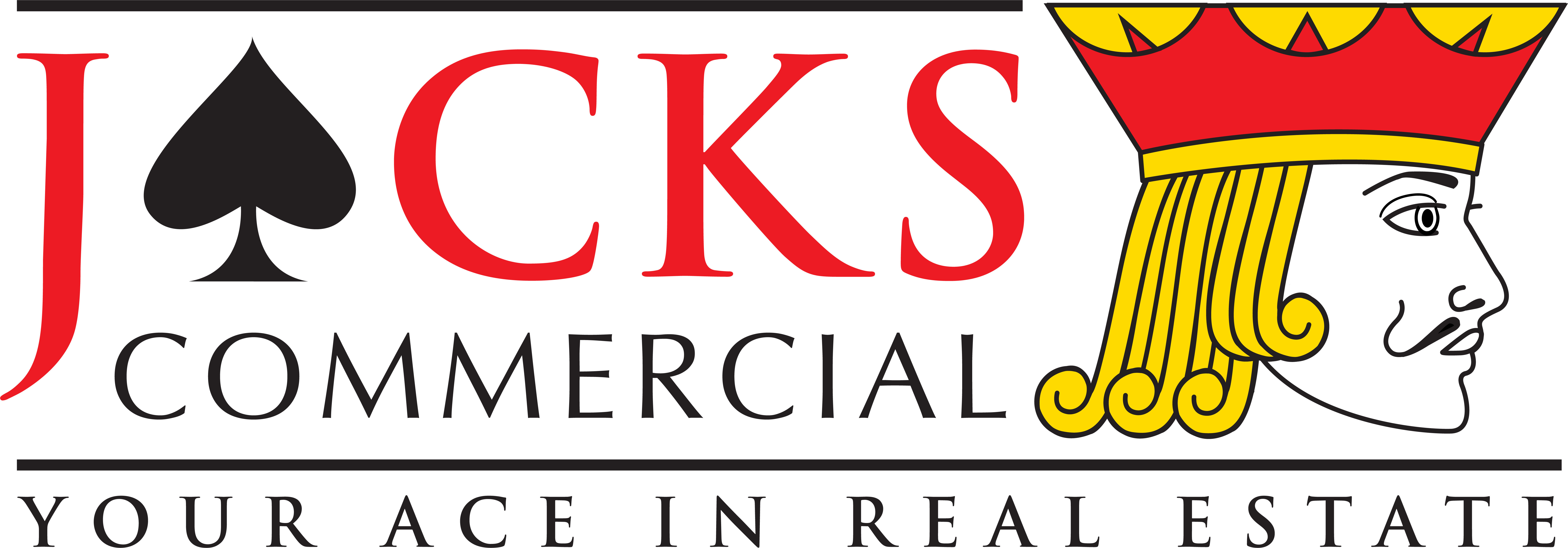
The commercial office landscape in Sacramento has undergone dramatic transformation since 2020, fundamentally changing how tenants evaluate and use office space. For landlords and property owners, understanding these shifts is crucial for maintaining occupancy rates, attracting quality tenants, and maximizing property values in an increasingly competitive market.
The New Tenant Mindset
Today's office tenants in Sacramento prioritize flexibility, employee wellness, and spaces that support both collaboration and focused work. The traditional model of simply providing square footage is no longer sufficient. Tenants now evaluate properties based on how well the space supports their specific work culture and business objectives.
Companies are seeking offices that serve as destinations – places employees want to visit rather than feel obligated to occupy. This shift requires landlords to think beyond basic amenities and consider how their properties contribute to tenant success and employee satisfaction.
Physical Space Adaptations
Flexible Layouts: Open floor plans remain popular, but tenants now demand spaces that can easily reconfigure for different uses. This includes moveable walls, varied furniture options, and zones designed for different activities – from quiet focus work to collaborative sessions.
Technology Integration: Robust internet infrastructure is no longer optional. Tenants expect seamless wireless connectivity throughout the building, video conferencing capabilities in common areas, and smart building features that enhance user experience.
Health and Wellness Features: Air quality monitoring, enhanced HVAC systems, touchless entry systems, and abundant natural light have become standard expectations rather than luxury amenities.
Outdoor Access: Properties with outdoor terraces, courtyards, or nearby green spaces have significant competitive advantages. Sacramento's favorable climate makes outdoor workspace particularly appealing to tenants and their employees.
Amenity Arms Race
Sacramento's office market has seen an escalation in tenant amenities, driven by both tenant expectations and competition from flexible workspace providers. Successful landlords are investing in amenities that provide real value to tenants while differentiating their properties.
Fitness and Wellness: On-site gyms, yoga studios, or partnerships with nearby fitness facilities help tenants attract and retain employees focused on work-life balance.
Food and Beverage: From coffee bars to full-service cafeterias, food amenities reduce employee commute friction while creating networking opportunities within buildings.
Conference and Event Spaces: High-quality conference facilities that tenants can reserve for client meetings or company events add significant value, especially for smaller tenants who couldn't otherwise afford such facilities.
Transportation and Parking: With Sacramento's continued growth, convenient parking and proximity to public transportation have become critical factors in tenant decision-making.
Lease Structure Innovation
Traditional five to ten-year lease terms are giving way to more flexible arrangements that accommodate uncertain space needs. Successful Sacramento landlords are offering:
Expansion and Contraction Rights: Built-in options for tenants to adjust their footprint based on business needs, providing security for landlords while offering flexibility to tenants.
Shorter Initial Terms with Extension Options: Three-year initial terms with multiple extension options provide commitment while accommodating uncertainty.
Turnkey Solutions: Fully furnished, move-in-ready spaces appeal to growing companies that want to focus on business rather than office setup.
Shared Space Options: Dedicated offices combined with access to shared amenities and conference facilities provide cost-effective solutions for smaller tenants.
Building Community and Culture
Properties that foster tenant interaction and community often achieve higher retention rates and command premium rents. This includes programming regular networking events, creating shared spaces that encourage interaction, and facilitating connections between complementary businesses within the building.
Sacramento's collaborative business culture provides opportunities for landlords to create environments where tenants benefit from proximity to other businesses. This might include organizing industry meetups, facilitating business referrals, or creating spaces where tenants can showcase their products or services.
Technology as a Differentiator
Smart building technologies that improve tenant experience while reducing operating costs provide competitive advantages. This includes automated climate control systems, predictive maintenance that minimizes disruptions, and mobile apps that allow tenants to control their environment and access building services.
Property management platforms that provide transparent communication, easy service requests, and building updates help create positive tenant relationships while streamlining operations.
Financial Considerations and ROI
While tenant improvements and amenity investments require capital, they typically generate returns through higher rents, longer lease terms, and reduced vacancy periods. Sacramento's competitive office market rewards properties that invest in tenant experience with premium pricing and reduced marketing costs.
Consider phased improvement strategies that allow for immediate tenant benefits while spreading capital costs over time. Focus first on improvements that provide the highest tenant impact relative to cost, such as enhanced common areas and technology upgrades.
Sustainability and Environmental Responsibility
Sacramento tenants increasingly value environmentally responsible buildings. Energy-efficient systems, sustainable materials, and waste reduction programs appeal to tenants while often reducing operating costs. LEED certification or other green building standards can provide marketing advantages and may qualify for utility rebates or tax incentives.
Future-Proofing Your Property
Successful Sacramento office landlords are preparing for continued workplace evolution by maintaining flexibility in their properties and staying connected to tenant needs. This includes designing spaces that can adapt to future technology requirements, maintaining relationships with flexible workspace providers for potential partnerships, and regularly surveying tenants about emerging needs.
The office market's evolution presents both challenges and opportunities for Sacramento landlords. Properties that embrace change and invest in tenant experience will thrive, while those that resist adaptation risk obsolescence. Success requires ongoing investment, attention to tenant needs, and willingness to innovate in an ever-changing market.